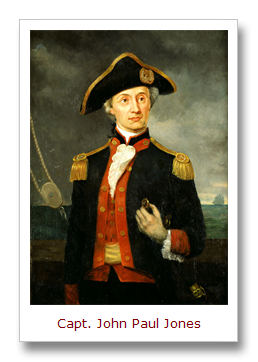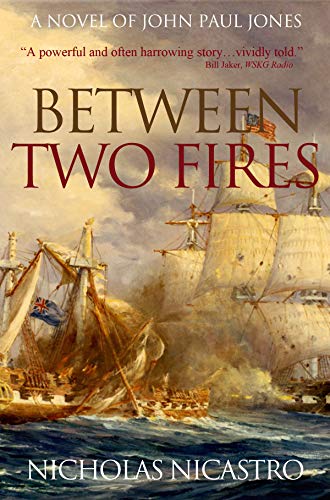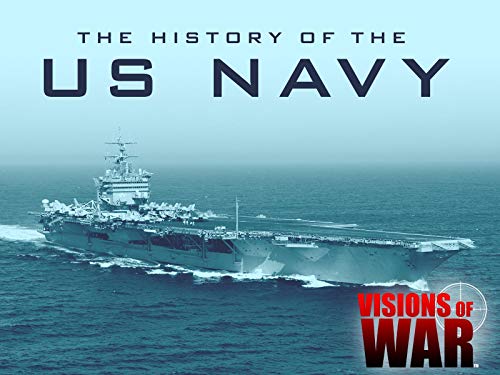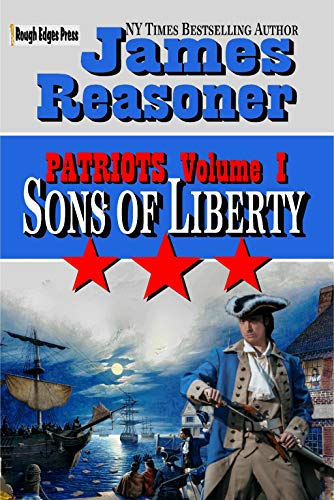The quotation most people associate with American Navy Captain John Paul Jones is “I have not yet begun to fight.”
According to legend, Jones said that defiant line during a naval battle with the British on September 23, 1779 when a British officer asked if he was ready to surrender.
Some historians and quote mavens like Ralph Keyes have questioned whether Jones uttered those exact words.
The claim that he did was made a half a century after that battle and other accounts give different responses by Jones.
However, he did say something like it, and the backstory on the legendary version of his answer involves other famous words Jones definitely did say — in writing.
In the fall of 1778, during the height of the American Revolution, Jones was in France trying to get a new warship to use in the fight against the British.
The French government offered him a heavy ship named the Neptune they had captured, but Jones deemed it to be too slow.
So, he wrote a letter to French aristocrat Jacques-Donatien Le Ray de Chaumont.
De Chaumont was an influential member of the court of King Louis XVI who had been instrumental in arranging various types of French support for the rebellious Americans.
In a letter dated November 16, 1778, Jones told the French nobleman: “I wish to have no connection with any ship that does not sail fast, for I intend to go in harm’s way.”
It had long been common to talk about getting someone or something “out of harm’s way,” meaning to remove them from some kind of danger.
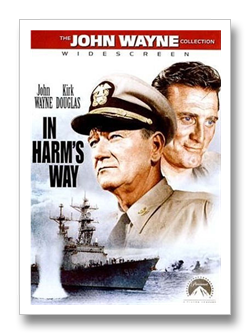 But John Paul Jones is generally credited with the first recorded use of the phrase “in harm’s way.”
But John Paul Jones is generally credited with the first recorded use of the phrase “in harm’s way.”
By the early 1800s, it became a common figure of speech, meaning “in the path of danger.”
It’s most often used to refer to men and women in the military, who are sent “in harm’s way” during wartime.
Not long after Jones wrote his letter to Monsieur Chaumont, the French government gave him a frigate named the Bonhomme Richard.
On September 23, 1779, Jones and the crew of the Bonhomme Richard fought their famous battle off the coast of England against the British war ship Serapis.
At one point, the Bonhomme Richard seemed to be sinking. The commander of the Serapis, Royal Navy Captain Richard Pearson, asked Jones if he would strike his flag and surrender.
That’s when Jones gave his possibly apocryphal reply: “I have not yet begun to fight.”
After lashing the Bonhomme Richard to the Serapis and fighting ferociously, the Americans won the battle and the crew of the Serapis surrendered to them.
In 1962, James Bassett’s bestselling World War II novel, Harm’s Way, helped make the term taken from Jones’s letter more widely known than ever.
In 1965, the novel was adapted into the epic movie In Harm’s Way, further enhancing the use and recognition of the phrase.
I haven’t read the novel, but I have seen the movie. If you haven’t, you should.
It was produced and directed by Otto Preminger and stars John Wayne, Kirk Douglas, Henry Fonda, Patricia Neal, Tom Tryon, Paula Prentiss and Dana Andrews.
In Harm’s Way is justifiably considered one of the greatest war movies ever made. And, as you now know, its title comes from the most famous words John Paul Jones definitely said.
* * * * * * * * * *
Comments? Corrections? Email me or Post them on the Famous Quotations Facebook page.
Related reading, listening and viewing…


